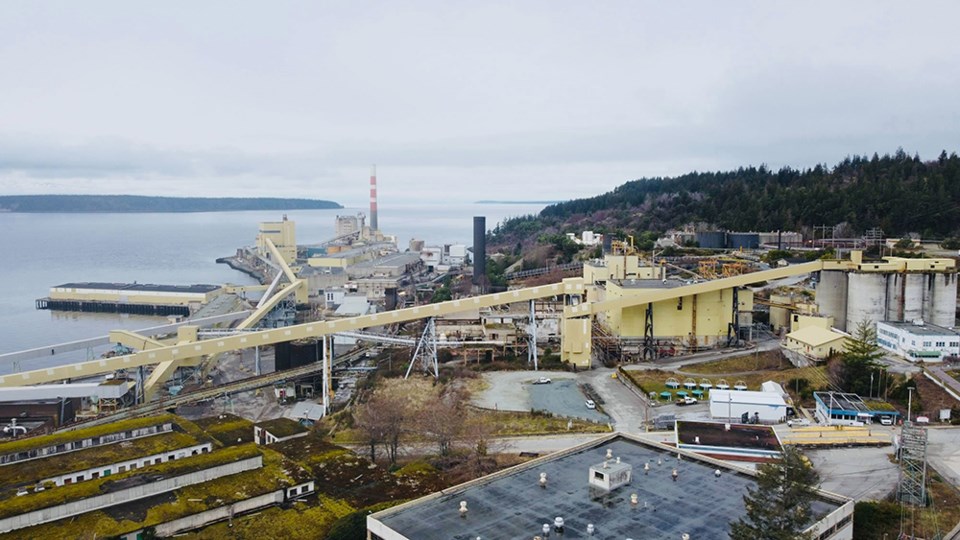On June 28, the Province of BC and Tla’amin Nation signed the qat̓ᶿ xʷɛʔɛθot tiskʷat (Planning together for Tis’kwat) protocol, which describes how the parties will work together to protect Tla’amin cultural property unearthed at the Tis’kwat mill site earlier this year.
According to a media release from Tla’amin, the protocol was created for the mill site during provincially regulated environmental investigation processes conducted by Catalyst – Paper Excellence, the current site owner.
“It is powerful to see and to hold these thousands-year-old cultural treasures,” stated Tla’amin hegus John Hackett. “The recent discoveries at Tis’kwat reaffirm and confirm what our ancestors have always said: Tis’kwat was our home until very recently.”
The Catalyst Tis’kwat mill site is currently subject to the site closure process in accordance with the Environmental Management Act. The environmental investigation process was triggered by the submission of the site disclosure statement, a requirement for Catalyst – Paper Excellence’s sale of the property.
The protocol will help Tla’amin protect its cultural heritage at the site by ensuring its voice in archaeological processes and cultural asset management decisions affecting Tla’amin artifacts, the release stated.
Specifically, BC commits to a stronger stewardship role for Tla’amin, including: a joint review process with the Tla’amin environmental and archaeological permits; encouraging the employment of Tla’amin cultural and heritage and environmental technicians; encouraging the inclusion of Tla’amin ethnographic, ethnohistorical and traditional land use and stewardship knowledge in all permit and process reviews.
The protocol builds on and breathes life into the yiχmɛtštəm tis’kwat (we are going to take care of tis’kwat) memorandum of understanding (MOU), according to the release. BC and Tla’amin developed the Tis’kwat MOU to support Tla’amin’s environmental stewardship objectives at the mill site.
According to the release, the mill site forms part of Tla’amin’s former Tis’kwat settlement. Tla’amin people were forcibly removed from the site in the late 1800s to make way for the pulp mill and hydroelectric dam, the release stated.
The dam eradicated one of the richest salmon runs on the south coast of BC, upon which the Tla’amin people relied. The site is subject to a land claim negotiation with the federal government, and holds high archaeological and cultural value to Tla’amin, the release stated.
The MOU was signed on October 27, 2023, to chart a path for responsible site stewardship, intergovernmental cooperation and economic reconciliation, and to safeguard the future of Tis’kwat and prevent abandonment of the property. The protocol builds upon the MOU to care for recent archaeological discoveries at the mill site, the release stated.
The protocol also details how the two governments will collaborate on environmental and heritage protection processes and decision-making at the mill site.
Join the Peak's email list for the top headlines right in your inbox Monday to Friday.



